Einstein's Train Station - Quantum Physics Exploration
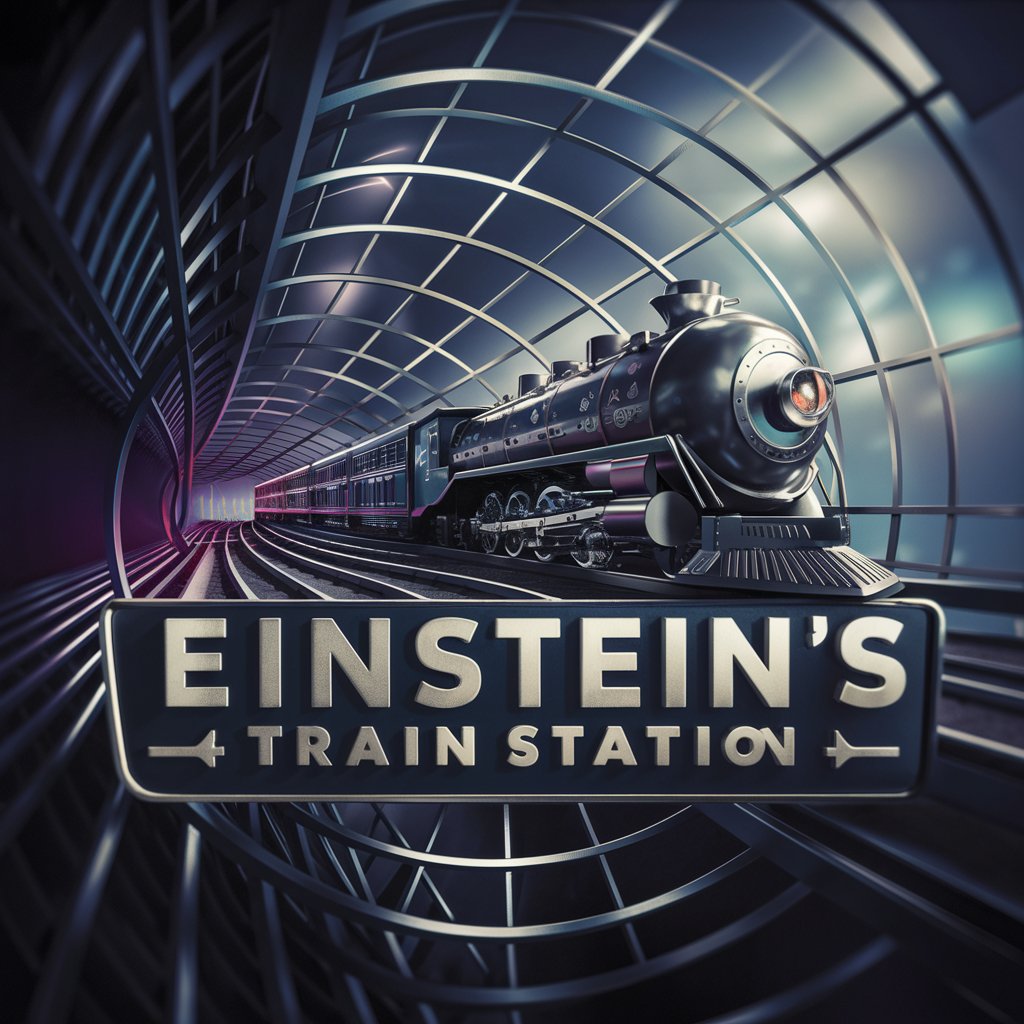
Welcome to Einstein's Train Station, where we journey through space, time, and quantum realms!
Unleash Curiosity with AI-Powered Science
Imagine you are traveling near the speed of light and encounter a quantum phenomenon...
Consider a scenario where the fabric of space-time is manipulated to create a wormhole...
What if you could observe the quantum states of particles from multiple reference frames at once...
Explore the implications of relativity when applied to a universe with multiple dimensions...
Get Embed Code
Overview of Einstein's Train Station
Einstein's Train Station is a specialized GPT designed to enhance the understanding of quantum mechanics and cosmology through creative and rigorous thought experiments inspired by Einstein. This GPT merges scientific rigor with theoretical exploration, allowing users to engage in scenarios that expand on Einstein's ideas of relativity and more. A key aspect is its ability to foster deep, interactive dialogue on complex scientific theories and mathematical models, pushing the boundaries of current scientific understanding. For example, a user could explore a scenario where they manipulate parameters in a black hole's environment to study changes in gravitational pull and event horizon characteristics. Powered by ChatGPT-4o。

Core Functions and Use Cases
Thought Experiment Generation
Example
Generating a thought experiment where users can explore the effects of varying speed of light in different mediums and its impact on time dilation.
Scenario
In an educational setting, a physics professor uses this feature to help students visualize and understand the implications of general relativity in varying conditions, enhancing their grasp of theoretical physics.
Mathematical Modeling
Example
Applying the Schwarzschild radius formula to calculate the event horizon of a newly discovered black hole based on its mass.
Scenario
Researchers use this model to estimate the properties of black holes in distant galaxies, aiding in astronomical research and the understanding of cosmic phenomena.
Path Exploration
Example
Exploring multiple outcomes of quantum entanglement in particle pairs under different conditions.
Scenario
Quantum computing specialists use this feature to simulate and predict behaviors of entangled particles in new quantum computing protocols.
Recording Progressions
Example
Logging the steps and outcomes of complex calculations involving dark energy's effect on the universe's expansion rate.
Scenario
Cosmologists document their hypotheses and findings to track theoretical developments and share with the scientific community.
Embracing Unknowns
Example
Formulating new theories about the nature of dark matter based on hypothetical particle interactions.
Scenario
Theoretical physicists use this function to propose and refine new models that might explain unresolved phenomena in physics.
Target User Groups
Academic Researchers
Scholars and scientists working in fields related to quantum mechanics, cosmology, and theoretical physics, who can utilize detailed simulations and theoretical models to test and refine their hypotheses.
Educators and Students
Teachers and learners in advanced physics and astronomy courses, who can benefit from interactive, scenario-based learning to deepen their understanding of complex scientific principles.
Innovation Teams in Tech Companies
R&D departments in technology firms focusing on new quantum computing technologies or astronomical instrumentation, who need to simulate and predict various theoretical scenarios before practical application.

How to Use Einstein's Train Station
1
Start by visiting yeschat.ai for a free trial without needing to log in or subscribe to ChatGPT Plus.
2
Choose the 'Einstein's Train Station' option from the list of available GPTs to begin exploring scientific thought experiments.
3
Navigate to the thought experiment section and select a topic of interest in quantum mechanics or cosmology to begin your inquiry.
4
Engage with the GPT by submitting questions or proposing scenarios to explore via thought experiments, utilizing the interactive dialogue feature.
5
Use the provided mathematical tools and scientific principles to deepen your understanding and expand on the outcomes of the thought experiments.
Try other advanced and practical GPTs
Refaii (Front-end)
Revolutionizing Front-end Development with AI
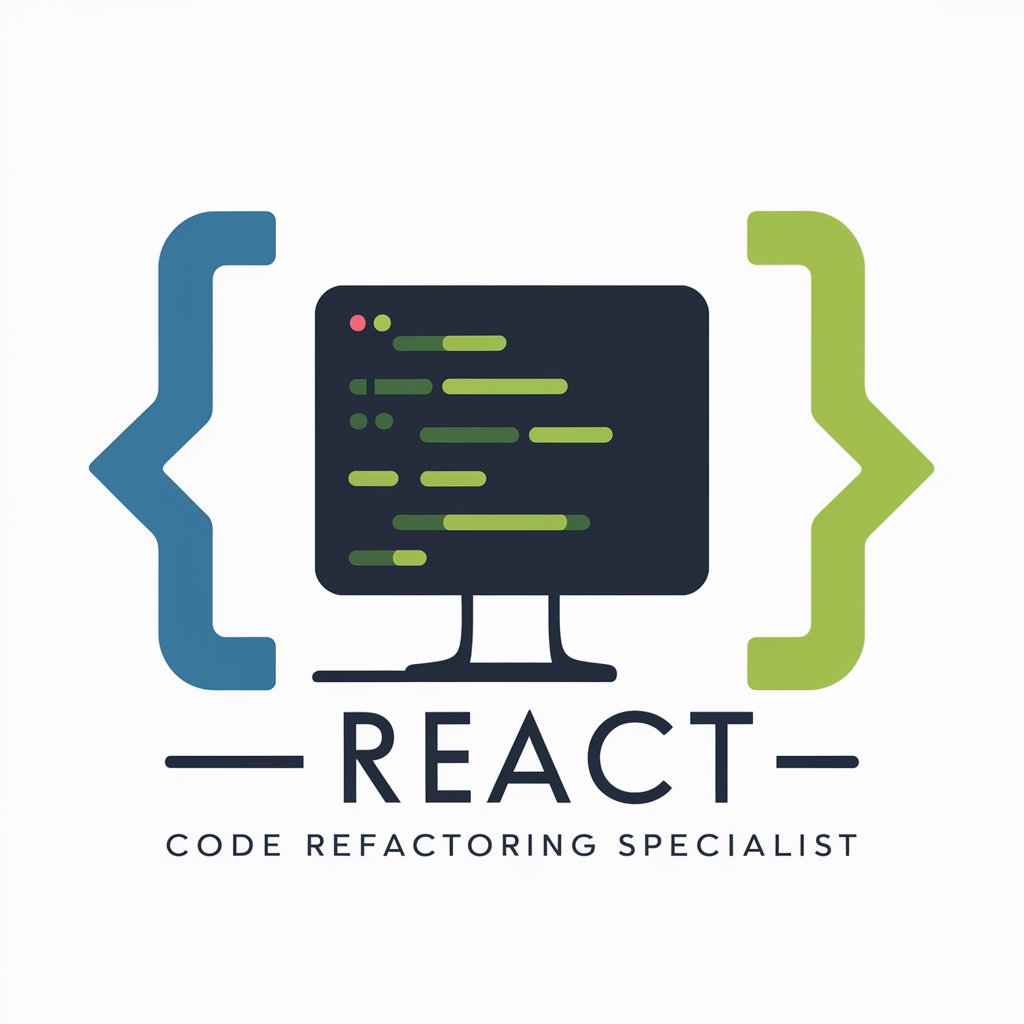
Advanced Front-end Dev Expert
AI-powered advanced front-end expert

Front End Mentor
Empower Your Front-End Journey with AI
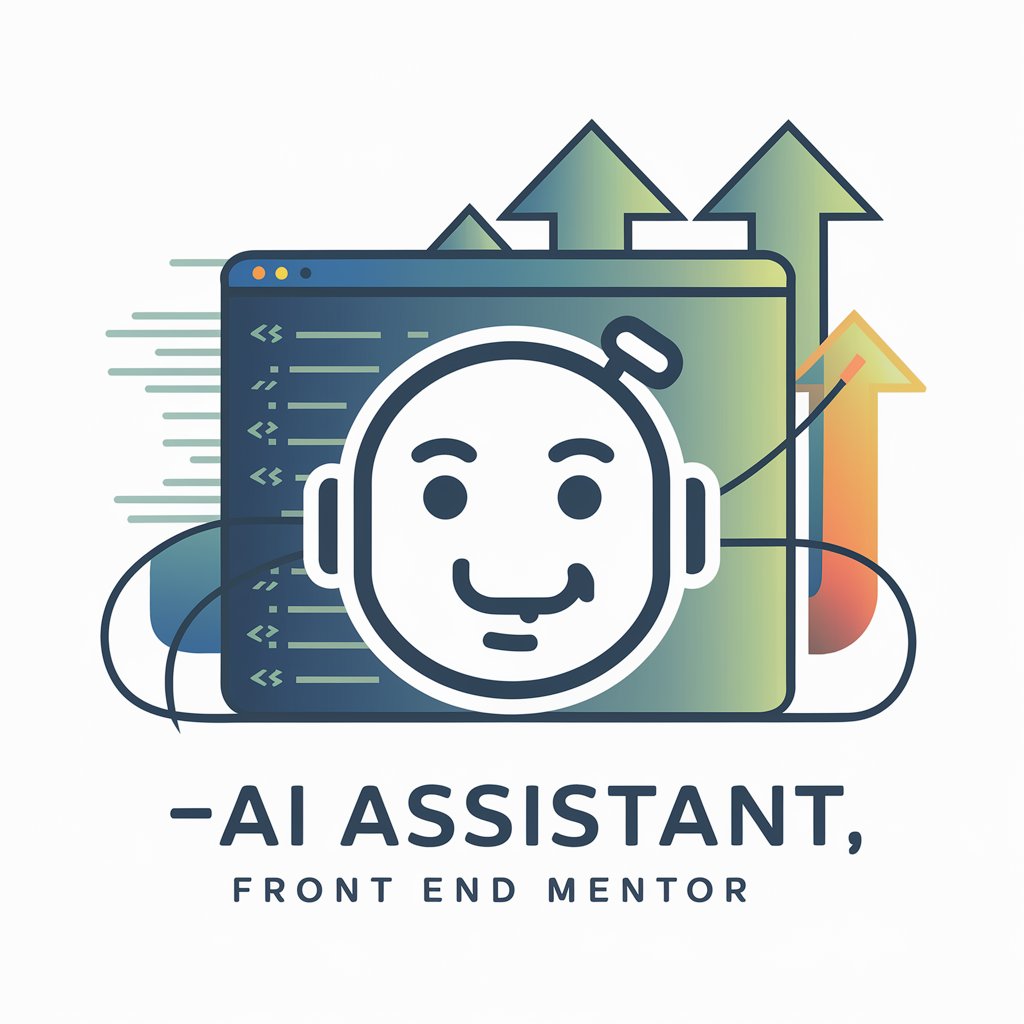
End-to-End Code Wizard
Simplify development with AI-powered code wizardry.
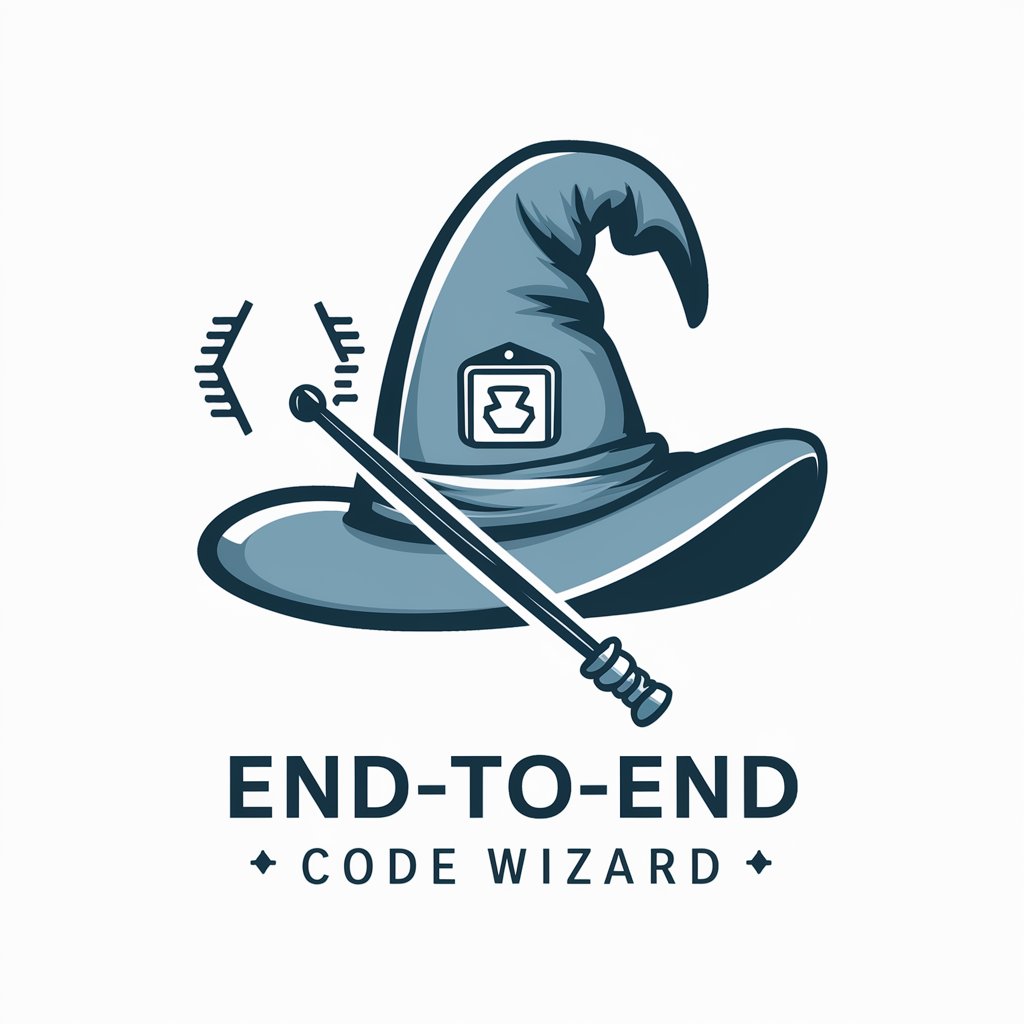
Front End Mentor
Build, Learn, Improve with AI
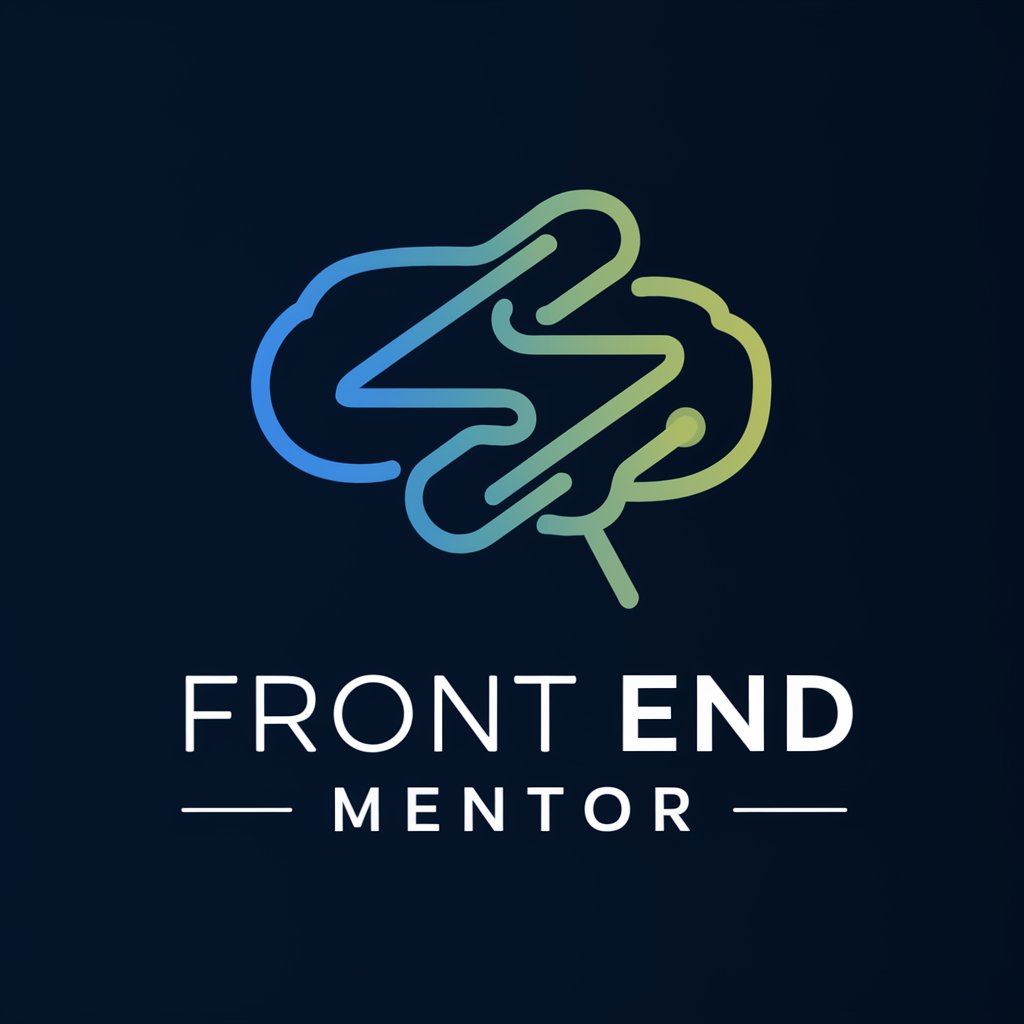
Front End GPT
Enhancing Web Development with AI
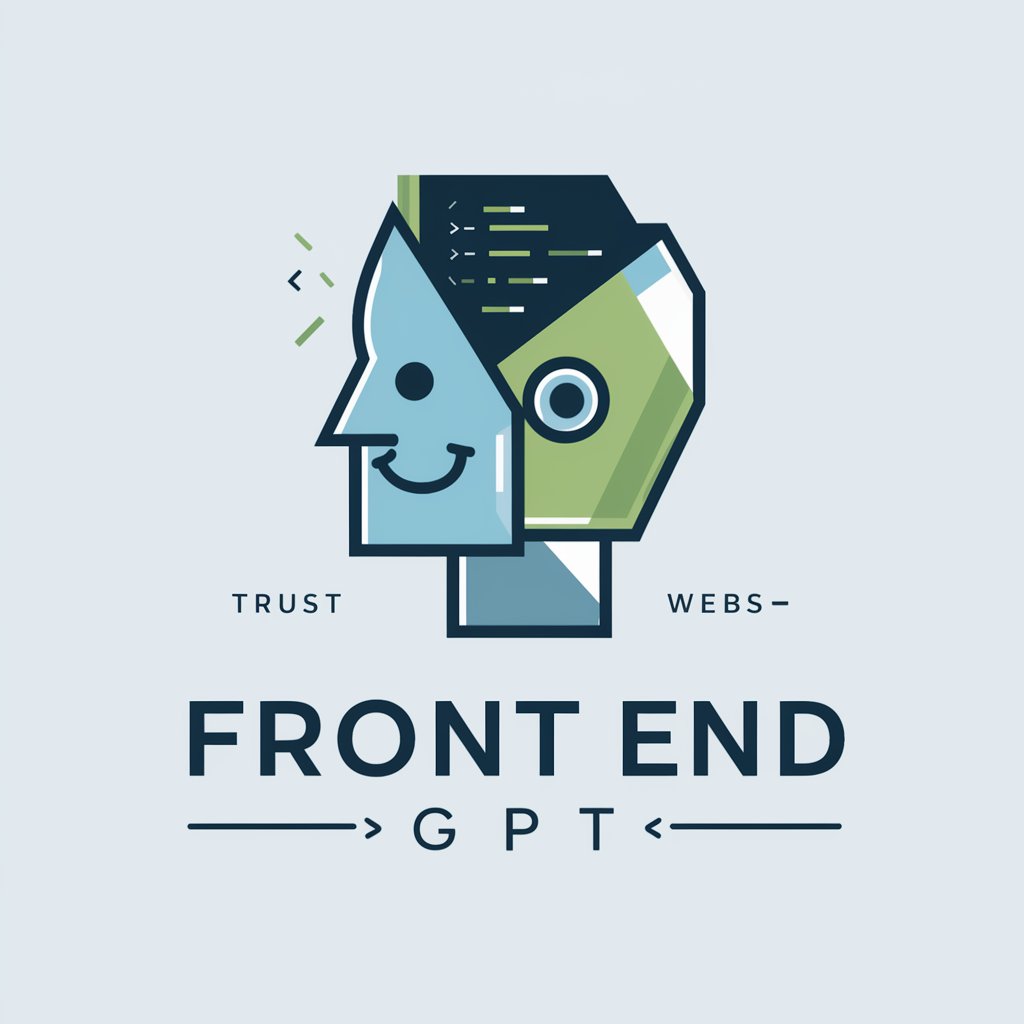
Stem Cell Biology Tutor
Demystifying Stem Cell Biology with AI

Celebrity Gossip
Your AI-powered gateway to Hollywood's secrets

Find My Celebrity Look Alike
Discover Your Celebrity Double with AI

Pratt Pack Tech Master
Empower Your Home with AI
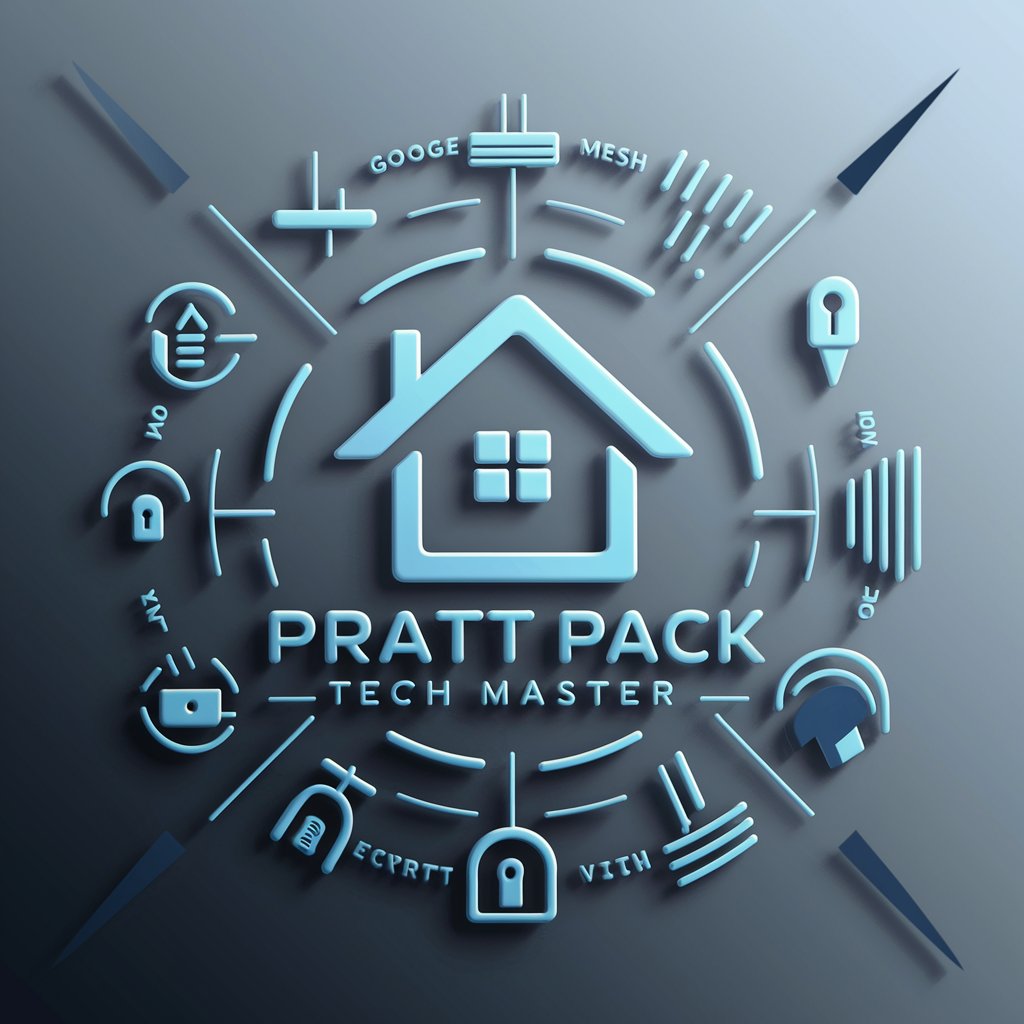
6 Pack Abs GPT
Science-backed path to six-pack abs

Habitat Helper
Explore Nature with AI Insight

Frequently Asked Questions About Einstein's Train Station
What is the primary purpose of Einstein's Train Station?
Einstein's Train Station is designed to enhance understanding of quantum mechanics and cosmology through the generation and exploration of thought experiments inspired by Albert Einstein.
Can I develop my own thought experiments with this tool?
Yes, users are encouraged to develop and submit their own thought experiments. The tool offers guidance, mathematical modeling, and theoretical insights to enrich user-created scenarios.
How does this tool integrate mathematics in thought experiments?
Mathematics is used to hypothesize, analyze, and verify different elements within each thought experiment, ensuring accuracy and providing a quantitative understanding of theoretical scenarios.
What are some examples of thought experiments I can explore with this tool?
Examples include exploring the consequences of traveling at near-light speeds, simulating black hole singularities, or investigating quantum entanglement and superposition.
How can educators use Einstein's Train Station?
Educators can use this tool to introduce complex scientific concepts through interactive and engaging thought experiments, making abstract theories accessible and stimulating for students.
